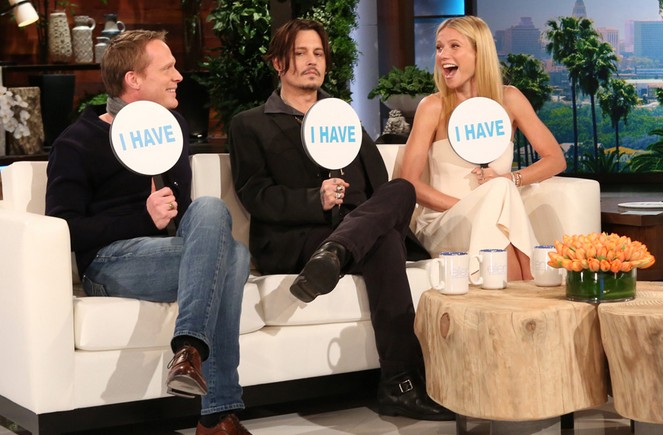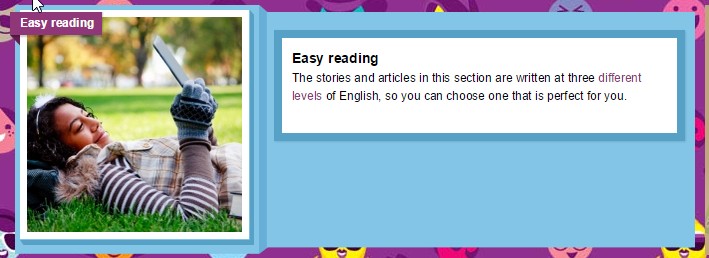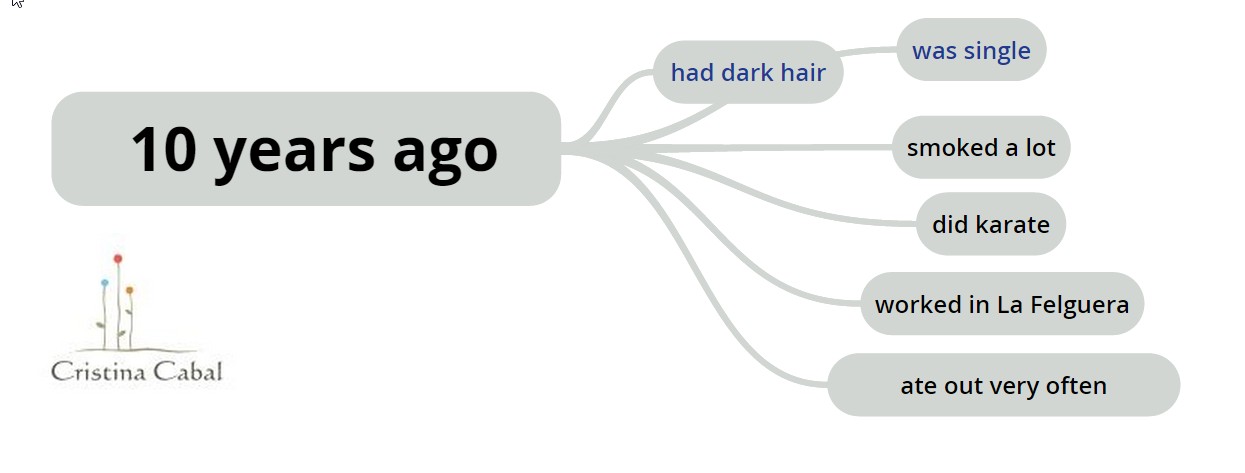Once again I thank my students for kindly contributing to this blog. These two examples of Picture Description have been sent by Noelia and Carmen from the Intermediate Level.
Thank you girls! Well done!
FOOD by Carmen Gayol

These pictures are clearly both connected with the topic of food.
The picture on the left shows two women who are cooking in a kitchen. One of them is younger than the other, but they seem to get on well; I’d say that they have a lot in common, they could be mother and daughter or have a close relationship.
In the picture on the right, we can see a young couple eating. I think they are in a restaurant, an oriental restaurant because the decoration that can be seen in the background.
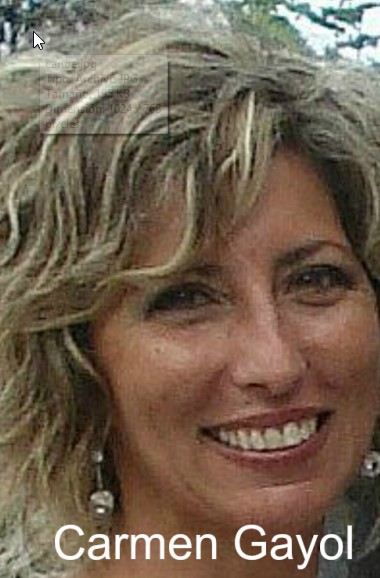 We all need to eat to live, but It‘s clear that the food, in our society, is something more than nutrition. Nowadays, we all use the meals to socialize. We have family meals, business meal, and we all enjoy eating with friends.
We all need to eat to live, but It‘s clear that the food, in our society, is something more than nutrition. Nowadays, we all use the meals to socialize. We have family meals, business meal, and we all enjoy eating with friends.
Sometimes we prefer eating at home, like in the photo on the left, but other times, we eat out.
However, the main problem isn’t where, but what we eat. In my view, today people tend to eat fast food because they don’t have enough time to prepare a meal and they are always in a hurry. This food isn`t always healthy, it is many times junk food which contains many calories and carbohydrates and there is a good chance people will get overweight.
If I had to choose one of the photos, I’m sure I’d choose the first, because it makes me remember old times with my mother , and in addition, I believe that it’s a good way to enjoy eating and cooking.
![]()
INTERNET AND THE NEW TECHNOLOGIES by Noelia Espinosa

These two pictures show a connection with the topic of new technologies ,especially with the internet.
In the first photo there is a woman sitting behind a desktop and she has a tablet between her hands; probably she is in an office, maybe her workplace. In the second one, a little girl looks as if she is surfing the internet and she seems very interested in what she is seeing. Although I can´t be sure ,I think she is at home.
Nowadays, both pictures are very common in daily life, although in 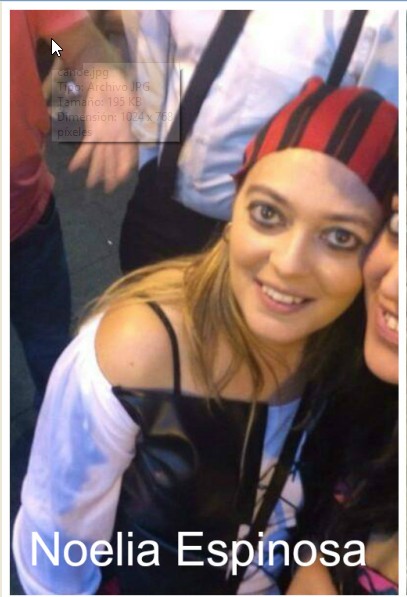 different ways. The first one shows a typical day at work in all the offices in the world.It is generally accepted that today no company would be operative without the internet and the new technologies because they would be unconnected and inefficient. And in the second one, children tend to be connected to the internet every day. When I was child, there was no internet, mobiles or computers, only some privileged people could afford them, but I was very happy playing traditional games with my friends in the street, for example with a ball, my dolls …
different ways. The first one shows a typical day at work in all the offices in the world.It is generally accepted that today no company would be operative without the internet and the new technologies because they would be unconnected and inefficient. And in the second one, children tend to be connected to the internet every day. When I was child, there was no internet, mobiles or computers, only some privileged people could afford them, but I was very happy playing traditional games with my friends in the street, for example with a ball, my dolls …
In my opinion, internet is very important in our lives, I couldn´t live without my mobile, my laptop etc… everybody surfs the net, everybody knows Facebook and even some people work vía Internet. However, I believe sometimes it could be dangerous especially in teenagers and children because there are parents who don´t control what their children are uploading or downloading onto the web and who their children are in touch with.
![]()
You might also find this section interesting. Check it out!
SPEAKING:PICTURE DESCRIPTION
